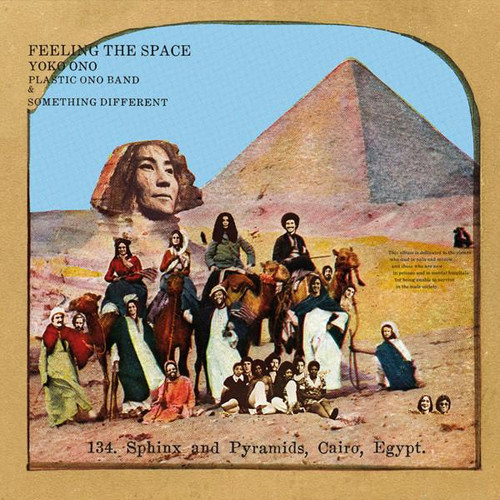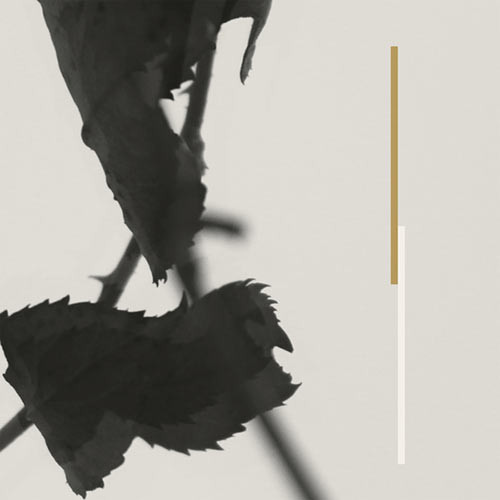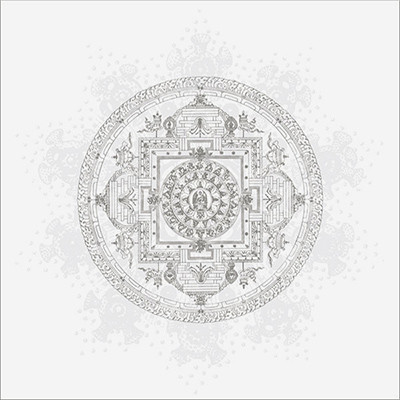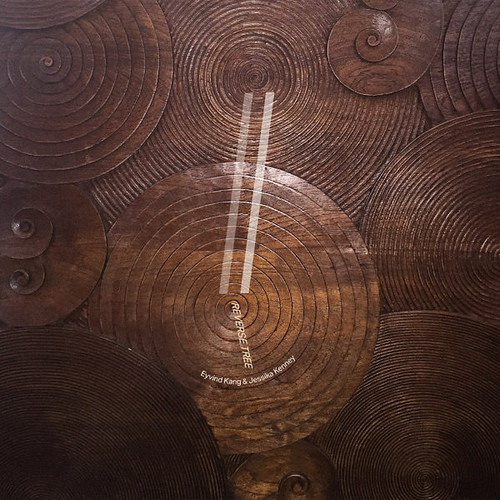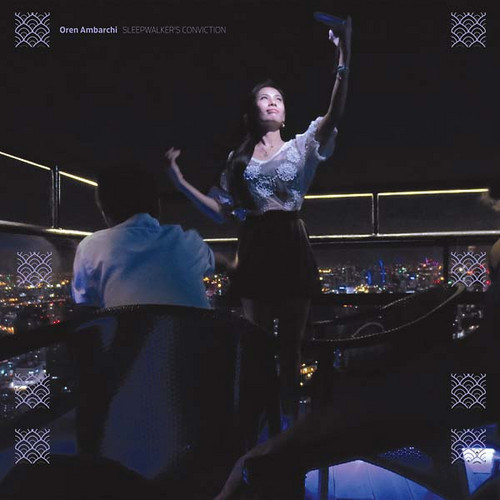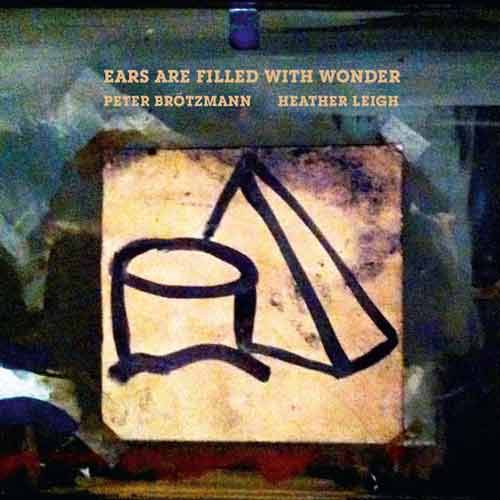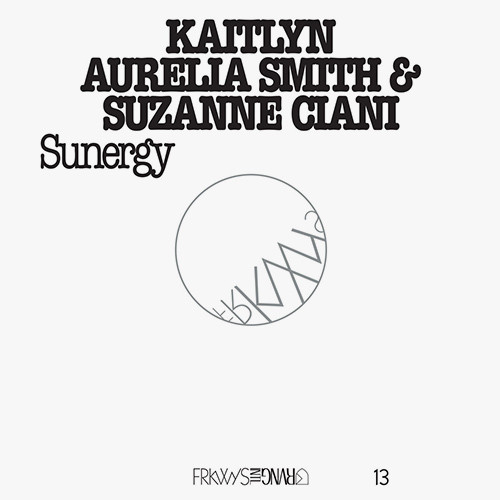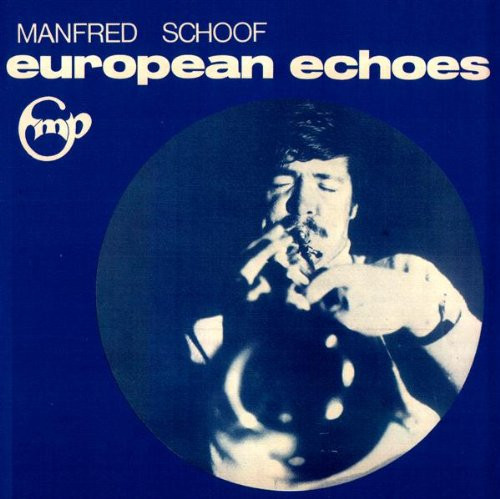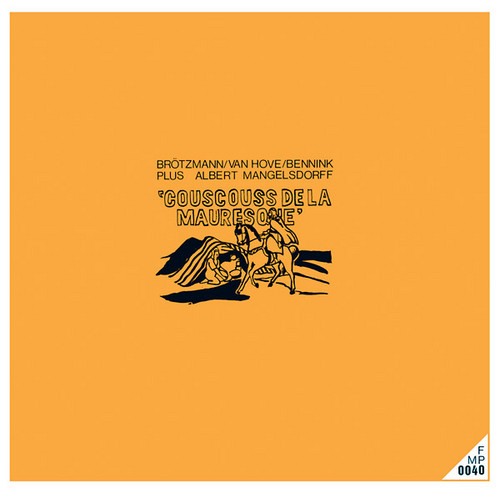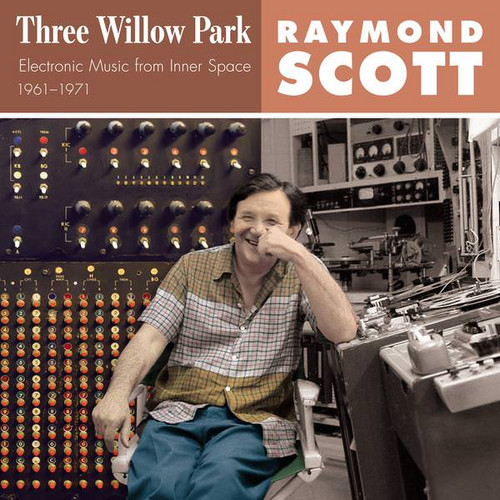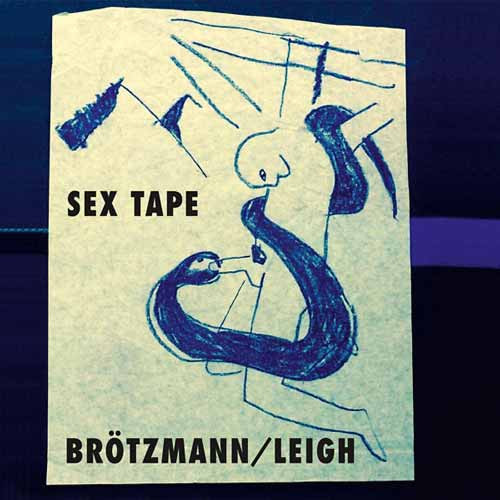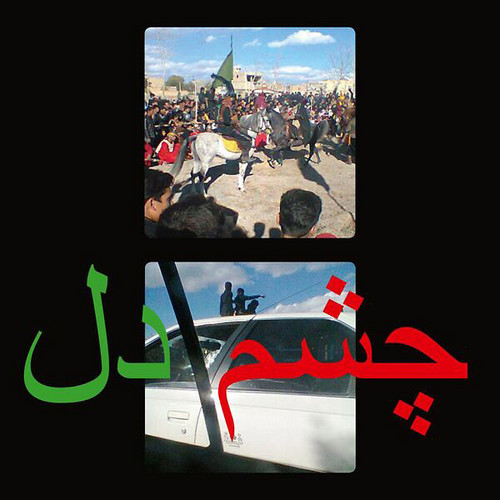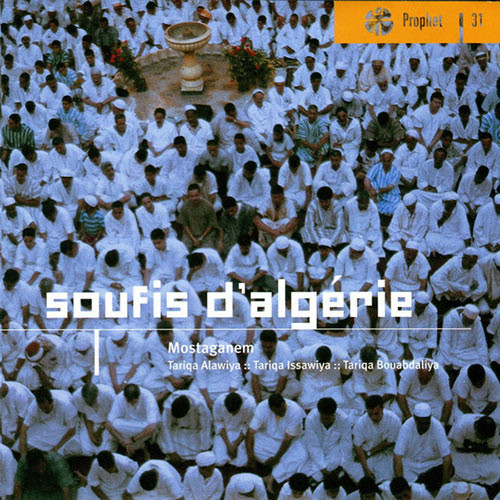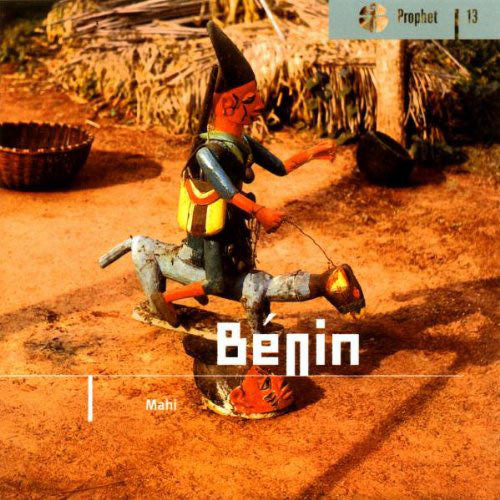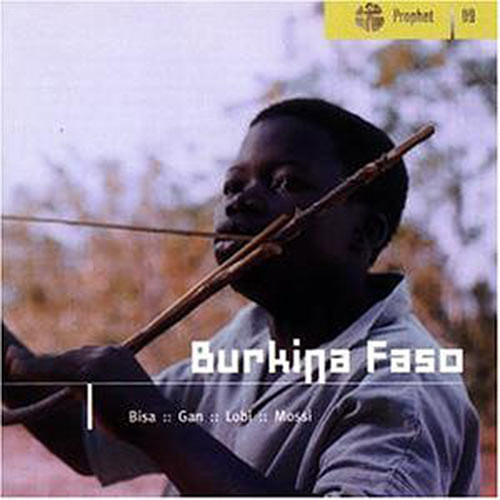Back in stock
Feeling the Space
If you've listened to Feeling The Space, Yoko Ono's personal-is-political 1973 album, it should come as no surprise that the once-reviled artist is inspiring a new generation of activists in 2017. On such songs as the righteous chant "Woman Power," the empathetic ballad "Angry Young Woman," the hilarious proto-grrrl "Potbelly Rocker," and the satirical "Men Men Men," Yoko sings in surprisingly straightforward fashion about the burdens carried by women and the mandate for feminism. Support…
Anthology 1975-1979 (4CdBox)
A deluxe limited edition 4CD box set of studio albums by France's pioneering electronic avant garde artist, Philippe Besombes! Includes the dramatic electro-acoustic experimental soundtrack for the 1975 film Libra, plus the 1979 solo album as well as both albums by Besombes' progressive electronic group Hydravion.Philippe Besombes is a French electronic musician of the 70s and this reissues four of his works from the 70s, both solo and with his group Hydravion. The two solo releases, Libra (1975…
Ultima Thule
A superb collection of rare early tracks from electronic pioneers Tangerine Dream! Features 2 tracks from the ’60s psych-rock band that preceded Tangerine Dream, The Ones, plus rare tracks from the early ’70s era of the band when they were at their most adventurous, composing epic pieces that clocked in at over 10 minutes each such as “”Asteroid Agenda”" and “”Overture. Amazing floating space cosmic psychedelia
Grafts
Major new work from Kara-Lis Coverdale, her solo debut vinyl release following Aftertouches (2015). A blissfully introspective 22 minute piece for keys, samplers and EQs in three parts. A sublime and quietly hypnotic work belied by steadfast conceptual rigour, Grafts is the most ambitious and involving work yet from Kara-Lis Coverdale, her first since 2015. In three parts of cascading yet plaintive multi-instrumental gestures, Grafts expands on the processing and self-temperement techniques exp…
Prima Materia
Special 10th anniversary edition & first time available on vinyl. A totally immersive listening experience and a true testament to the power and range of the human voice in all its harmonic splendor, as poignantly stated by Terry Riley in the liner notes: “As is the case with La Monte Young's Theater of Eternal Music, David Hyke's Harmonic Choir and Pauline Oliveros's Deep Listening Band, Roberto Laneri has had a life long penchant for the droning mysteriosa of the Sound …
Reverse Tree
Black Truffle present Reverse Tree, the new LP from the acclaimed duo of Eyvind Kang and Jessika Kenney. The two are musicians who have established themselves as powerful voices working at a unique intersection of contemporary composition, improvisation, and Asian traditional music forms. Either individually or as a pair, they have worked in contexts ranging from performances of traditional Persian and Javanese music to collaborations with Sunn O))), but their work together as a duo, on The Face…
Sleepwalker's Conviction
2017 small repress. "Sleepwalker's Conviction documents a 2014 performance by Oren Ambarchi in collaboration with a 20-piece ensemble conducted by Ilan Volkov and featuring members of the Adelaide Symphony Orchestra and Speak Percussion. Foregoing the rhythmic propulsion and distortion-saturated harmonics that have featured in much of Ambarchi's recent work, the LP's single 40-minute piece inhabits a hushed, almost static space of extended tones, percussive shimmer, and creaking strings. Rat…
Ears Are Filled With Wonder
Ears Are Filled With Wonder, the debut release from the duo of pedal steel player Heather Leigh and reedist Peter Brötzmann, blows the old adage about improvised music somehow not being best appreciated via the recordings to beautiful pieces. This is a music that demands re-visiting, that seems to alter, slightly, every time it is played, with new details emerging, new relationships of tone and style, new romance, even. Recorded during a mammoth stint in Kraków, Poland, where Brötzmann and…
FRKWYS Vol. 13: Sunergy
Sunergy brings together synthesists Kaitlyn Aurelia Smith and Suzanne Ciani for the thirteenth installment of FRKWYS, RVNG Intl.’s intergenerational collaboration series. For this edition, a panorama of the Pacific Coast provides the place and head space for a musical appreciation and consideration of a life-giving form vast and volatile with change.
Fortuitously (as is the freaky way), Smith and Ciani were discovered to be neighbors in the small coastal community of Bolinas, California. T…
European Echoes
A vital and inspired early European Free Improvisation masterpiece. Cien Fuegos presents a 1969 album from the Manfred Schoof Orchestra -- headed up by popular European avant-garde jazz figure, Manfred Schoof. Originally issued on FMP, the label's first release. Features appearances from musicians such as Peter Brötzmann, Derek Bailey, Han Bennink, Paul Rutherford, Evan Parker. Born 1936 in Magdeburg, Manfred Schoof is one of the most popular jazz avant-gardists in Europe. He played in projec…
Couscouss de la Mauresque
Peter Brötzmann: tenor saxophone; Fred Van Hove: piano; Han Bennink: drums, voice; Albert Mangelsdorff: trombone. Recorded during the Free Music Market, August 27 and 28, 1971, in Berlin. Designed by Peter Brötzmann. Part of the legendary "Berlin Trilogy" originally released by FMP in 1971 (FMP 0040). 180-gram vinyl. One-time pressing of 500. First standalone reissue."Brötzmann's regular trio was joined by the trombonist Albert Mangelsdorff, one of the most respected German jazz musicians,…
Three Willow Park: Electronic Music From Inner Space, 1961–1971
Early electronic music composer Raymond Scott will have a treasure trove of essential and extremely rare recordings collected on this new release Three Willow Park: Electronic Music from Inner Space, 1961-1971. From having his music adapted for Warner Bros. cartoons to inventing early electronic music instruments to releasing the classic (and recently reissued) Soothing Sounds For Baby series, Scott’s electronic music was famously ahead of its time and touched on sounds like techno and ambient m…
Sex Tape
Recording of Heather Leigh and Peter Brötzmann's great set at Unlimited Festival, Wels, 2016. Personnel: Heather Leigh - pedal steel guitar; Peter Brötzmann - tenor saxophone.
Tchashm-e-Del
The Paris-based Collapsing Market label unveil a gem of found art with Tschashm-e-Del: a radio play recorded in Iran sometime during the '60s by Morteza Hannaneh, co-founder of the Tehran Symphony Orchestra with Parvis Mahmoud, and the grandfather of Collapsing Market co-owner Cyrus Goberville, who discovered the recording on a tape at his home. Without definitive records to go from, Tschashm-e-Del was presumably recorded in the '60s (certainly pre-revolution) and quite possibly broadcast on Ra…
Interrabang
Dagored present a reissue of Berto Pisano's soundtrack for the 1969 film Interrabang, originally released in 1970. Berto Pisano was a bass player, composer, arranger and Italian conductor. Among the interesting soundtracks he composed, there is certainly a major spot reserved for Interrabang, the cult giallo/erotic film of 1969 which at the time was quite out of the box, as it matched the exotic-erotic genre with the psychological thriller. Strong jazzy themes supported by strings, vibraph…
Soufis D'Algérie
*few copies available* Private Charles Duvelle label, from the archive of Charles Duvelle includes recordings from disques Ocora 1960 to 1974 featuring complete and unedited recordings from master tapes.
Yoruba Du Bénin
*few copies available* Private Charles Duvelle label, from the archive of Charles Duvelle includes recordings from disques Ocora 1960 to 1974 featuring complete and unedited recordings from master tapes.
Bénin
*few copies available* Private Charles Duvelle label, from the archive of Charles Duvelle includes recordings from disques Ocora 1960 to 1974 featuring complete and unedited recordings from master tapes.
Burkina Faso
*few copies available* Private Charles Duvelle label, from the archive of Charles Duvelle includes recordings from disques Ocora 1960 to 1974 featuring complete and unedited recordings from master tapes.
Congo
*few copies available* Private Charles Duvelle label, from the archive of Charles Duvelle includes recordings from disques Ocora 1960 to 1974 featuring complete and unedited recordings from master tapes.
